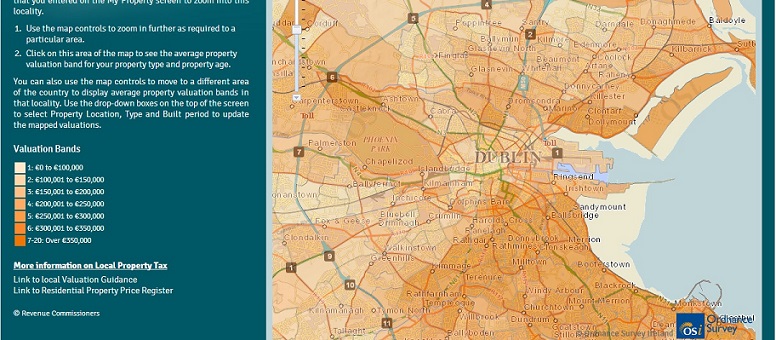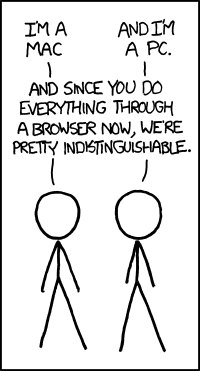Currently I follow around 2000 people on Twitter. It varies down slightly as I do the occasional clear out to make space for new people. But Twitter has applied a top limit of around 2000 so once I hit that I run into trouble.
Which is fine – to some extent (as in it’s not, really) – it’s their site, they have to sort out the scalability and all that. But some time ago, after a raft of unsolicited promoted tweets from just one company, I blocked the relevant account. I recognise that Twitter has to find a way of monetising the service and I’m not, in principle, against the whole sponsored tweets thing provided it doesn’t become a onerous load on my feed. If one in 10 tweets was a sponsored tweet, I’d get annoyed. But I got annoyed with this one company because they are selling a service I just do not want, am not interested in and don’t care for.
They appeared in my timeline again during the week. I was not happy.
You can, to some extent, tune the advertising which Google serves you on certain products – ads can be muted and you won’t see them again. And Google’s context sensitive advertising in Gmail is generally actually very context sensitive. It’s typically appropriate. I just can’t tune the sponsored tweets that come my way, not overtly anyway.
Twitter could because twitter knows an awful lot about my interests. I have 32000+ tweets on twitter and I follow almost 2000 people. And I have a bio. And based on this, twitter could offer advertisers/users of sponsored tweets a lot more granularity in targetting their sponsored tweets.
If you read my bio, here are two key things you get that I am interested in 1) photography 2) crochet.
If you then perform an analysis of the people I follow, you will find a couple of more interesting things 1) surfing 2) kitesurfing 3) science 4) computers 5) data analysis and statistics 6) mathematics 7) certain newsmedia sites.
If you then perform an analysis of the things I tweet and things I retweet you can get a feel for even more of the things I have a slightly more than passing interest in but which haven’t turned up under my bio or my followee accounts.
With that information, you can target advertising to me a lot more effectively. In that, the right accounts get to me and I get something of value back. We both, to a certain extent, win and Twitter gets to offer an enhanced service to their sponsoring accounts. And I don’t get annoyed by tweets turning up in my time line from accounts I don’t follow (in this case absolutely don’t want to follow) while simultaneously not being allowed by Twitter to add to the accounts I do want to follow because of the limit I regularly brush up against, the 2000 follower limit.
I can’t believe that Twitter don’t know this – it’s online advertising 101 – but if they are applying it, I don’t see it yet. I imagine it is being worked on.

